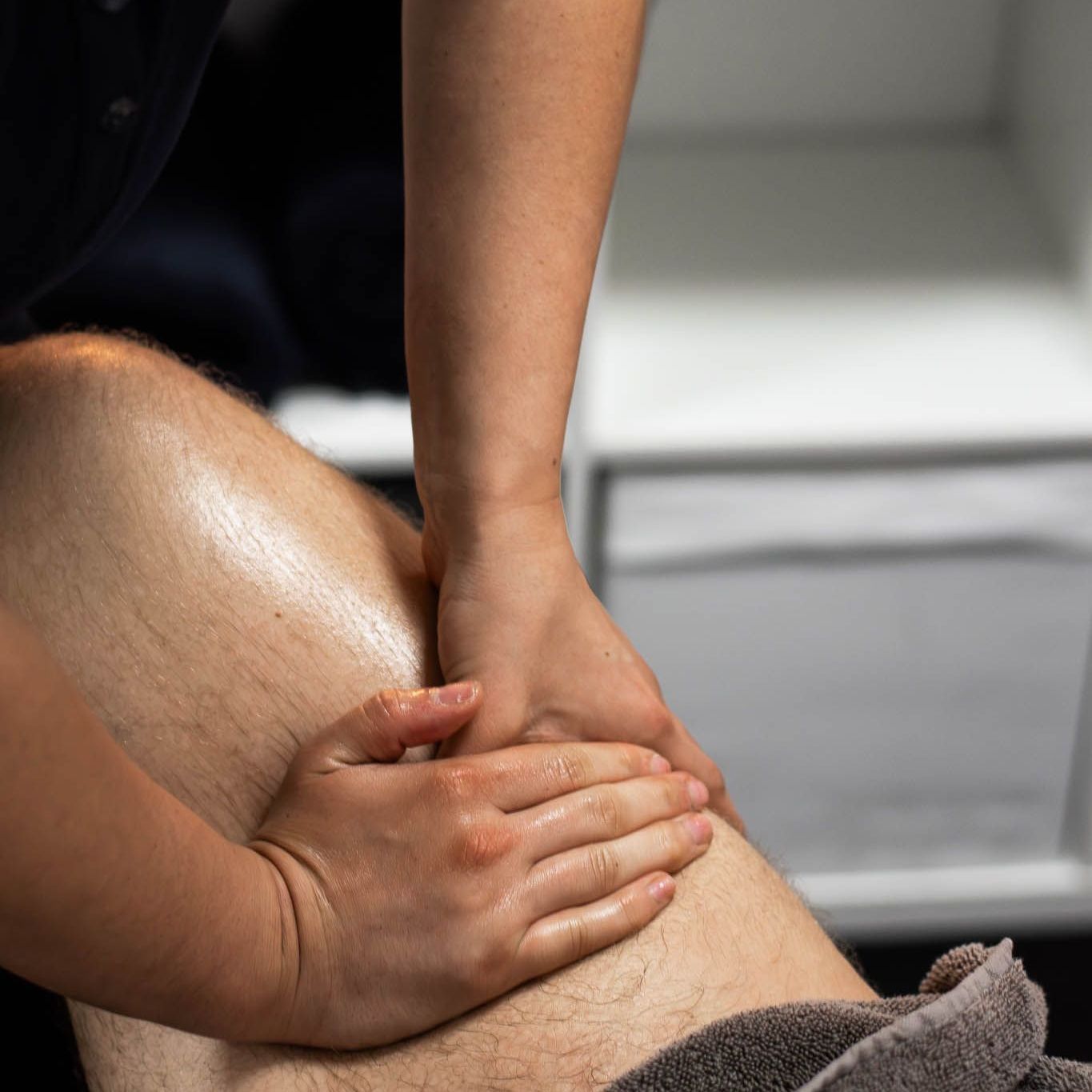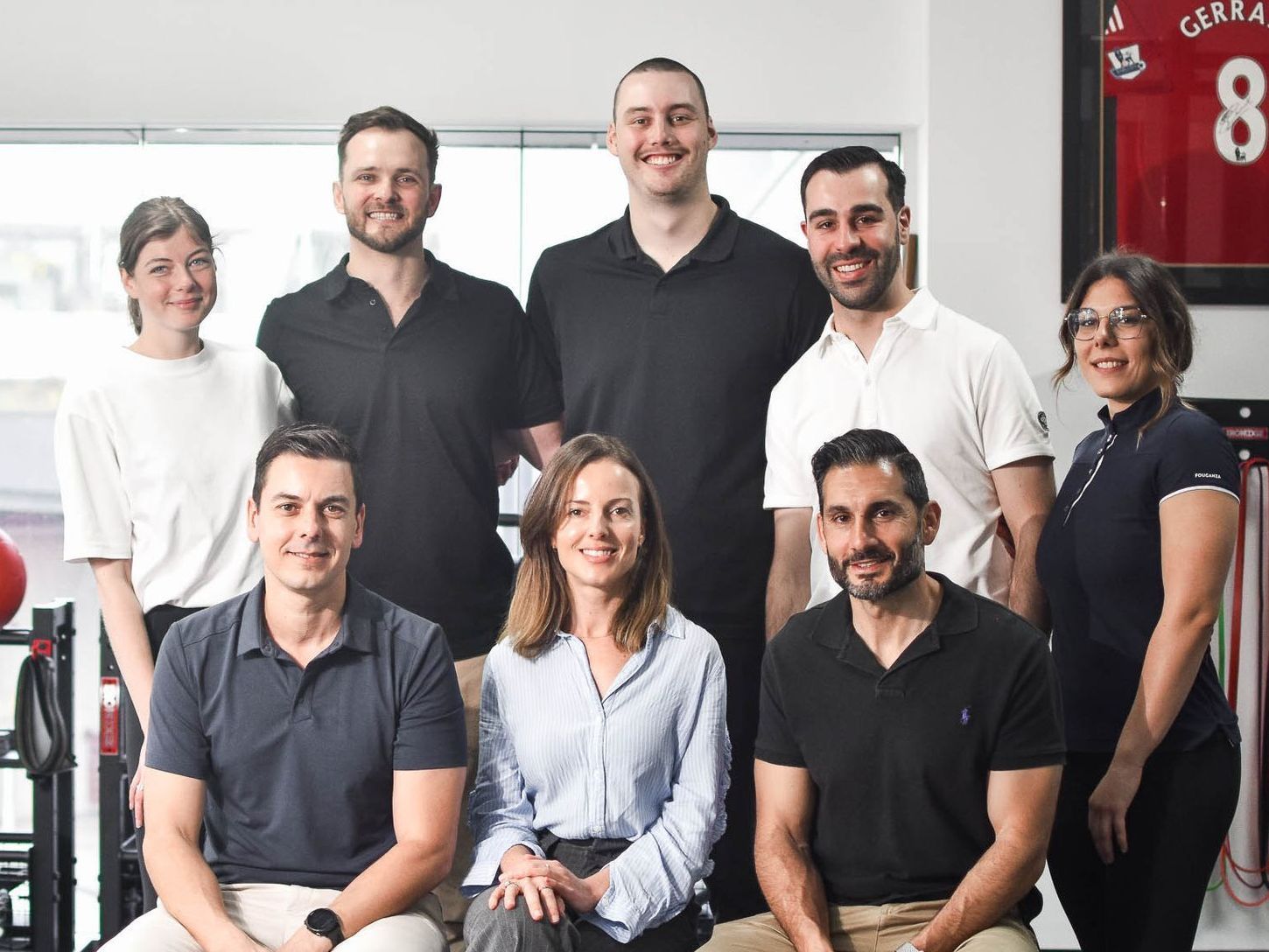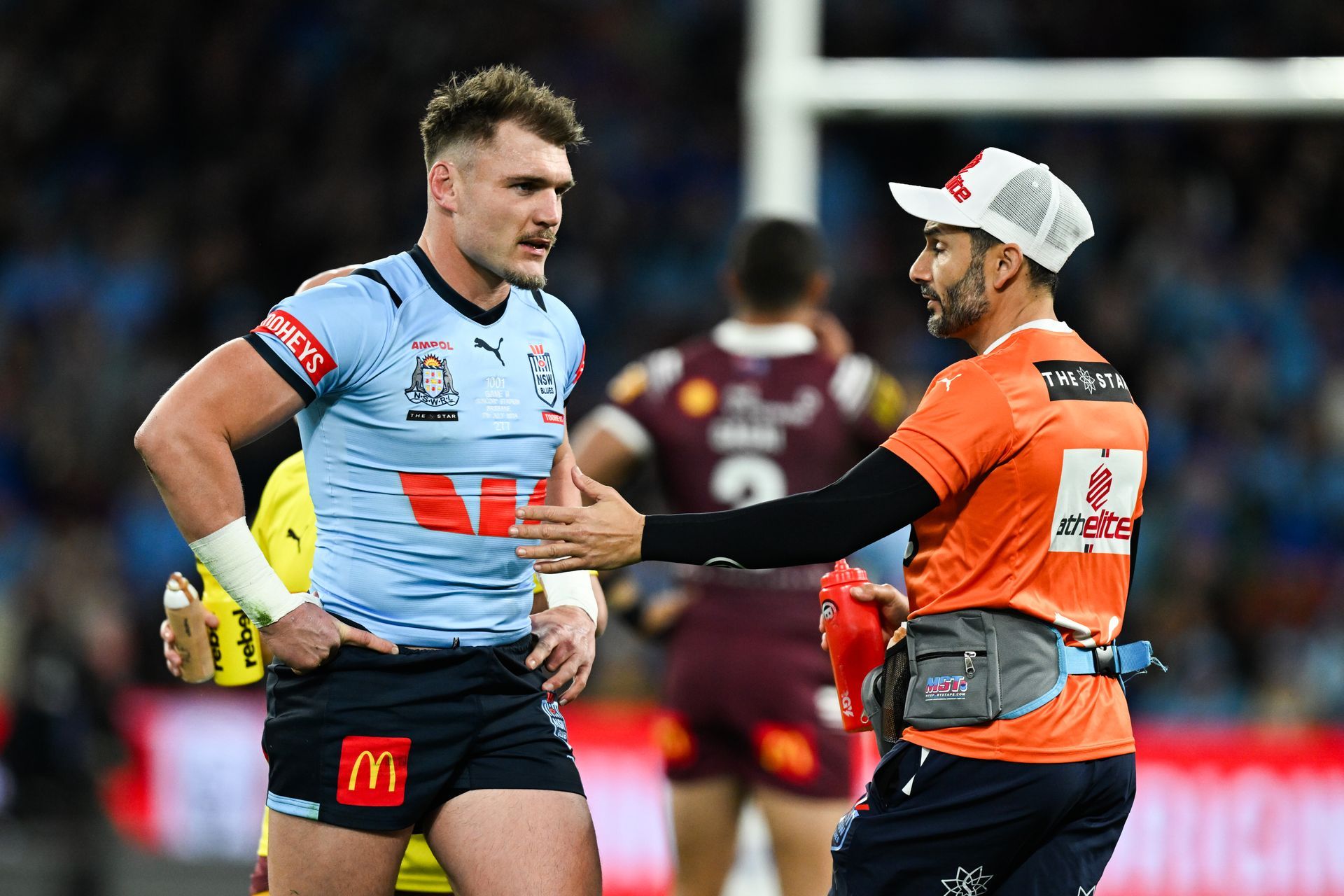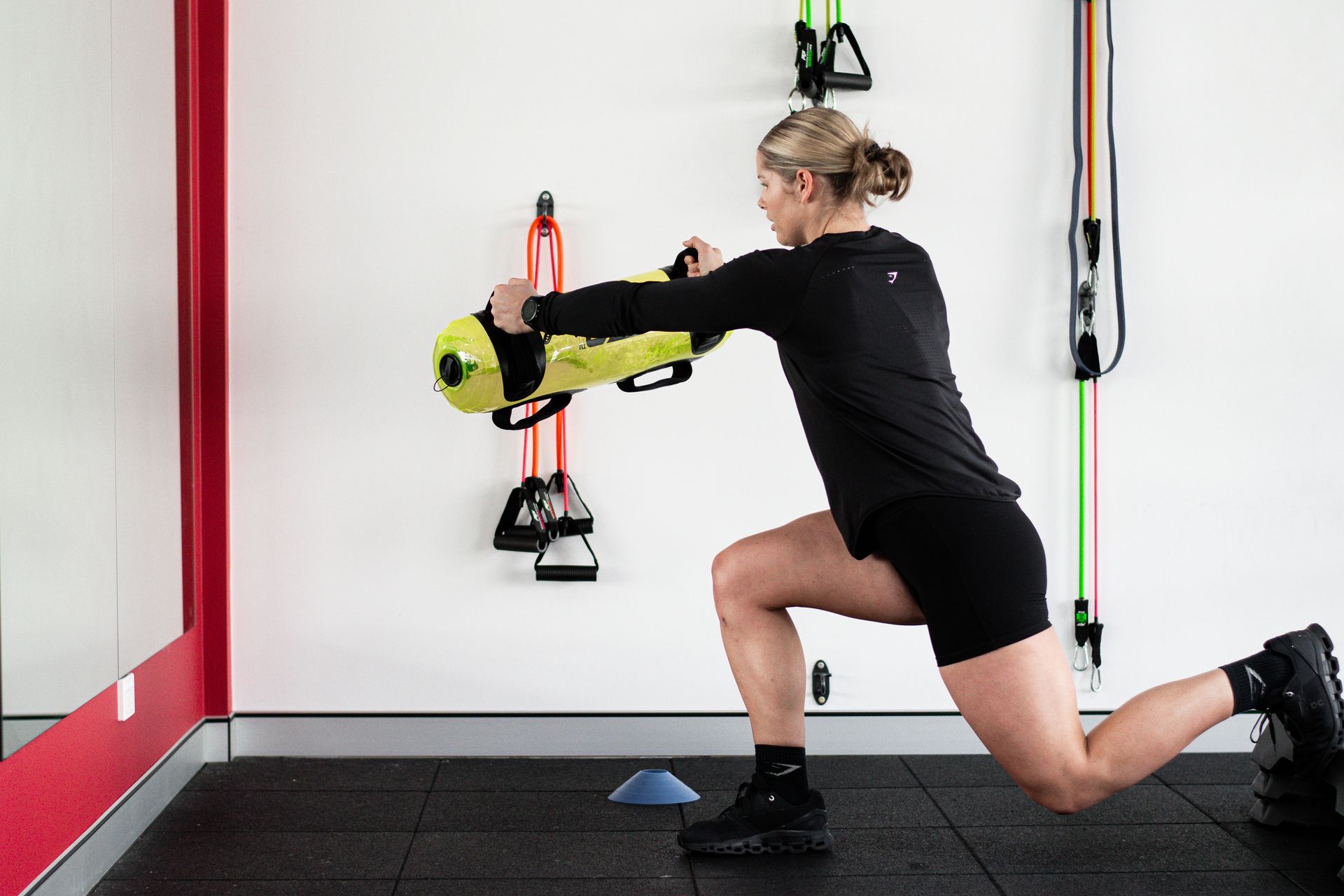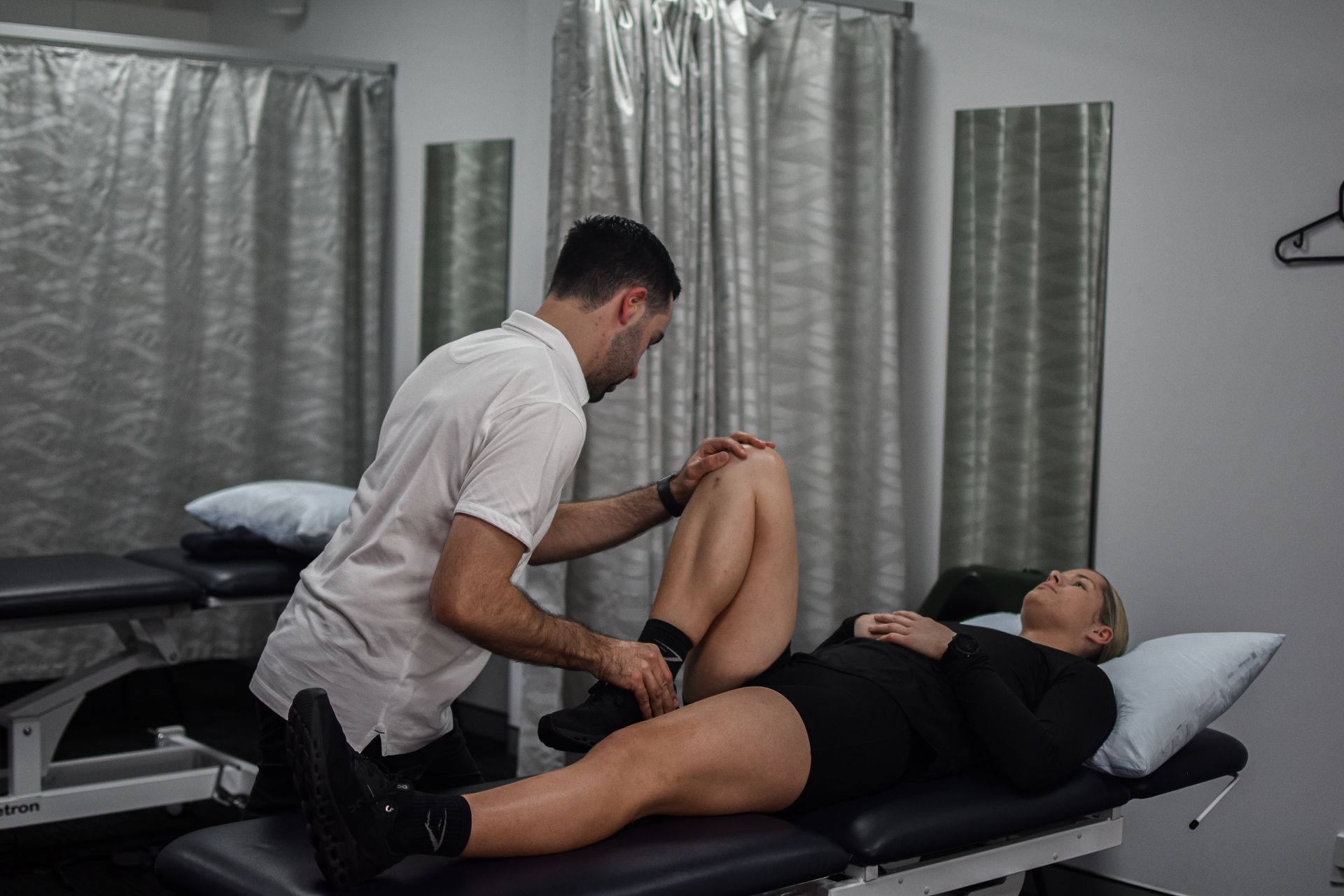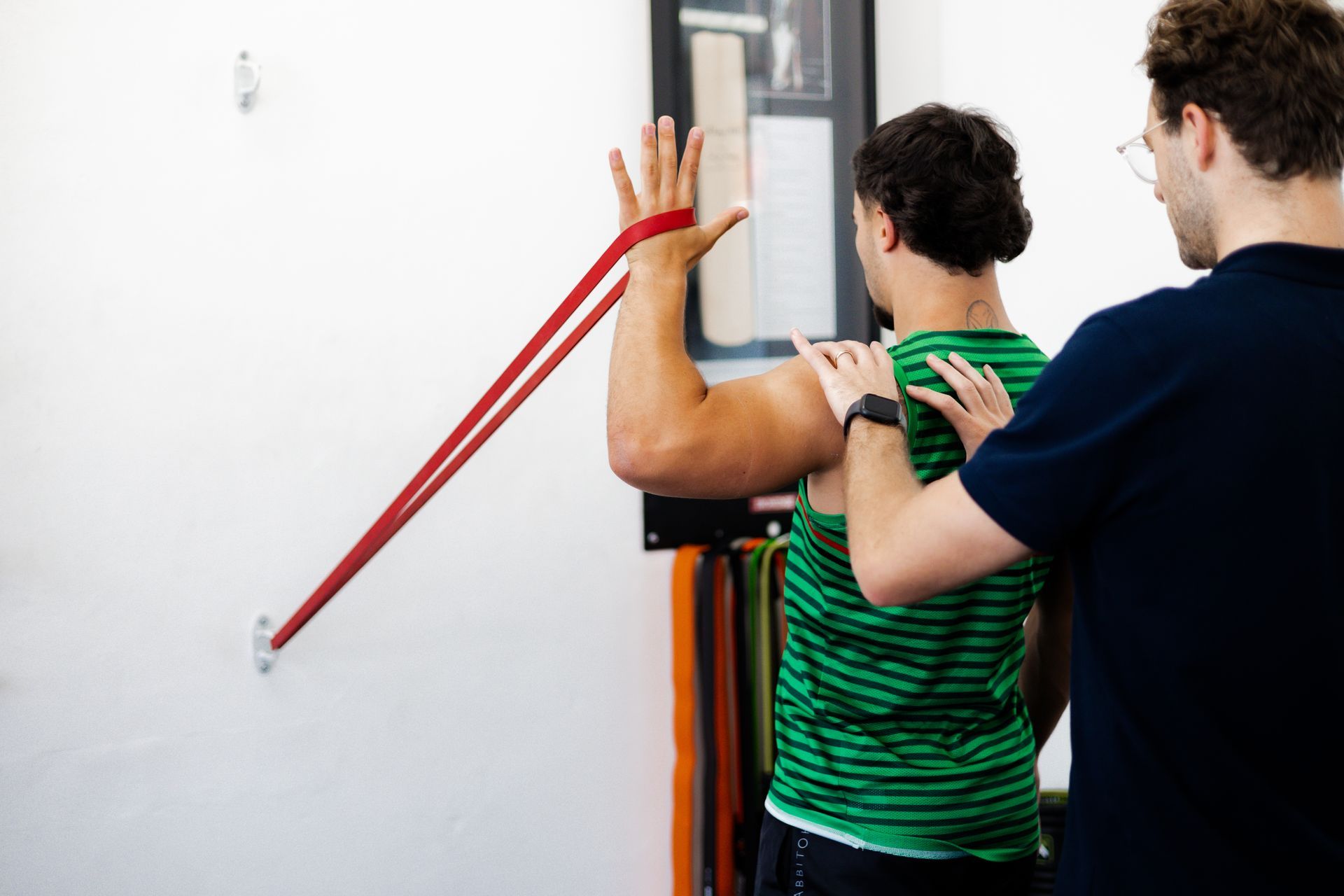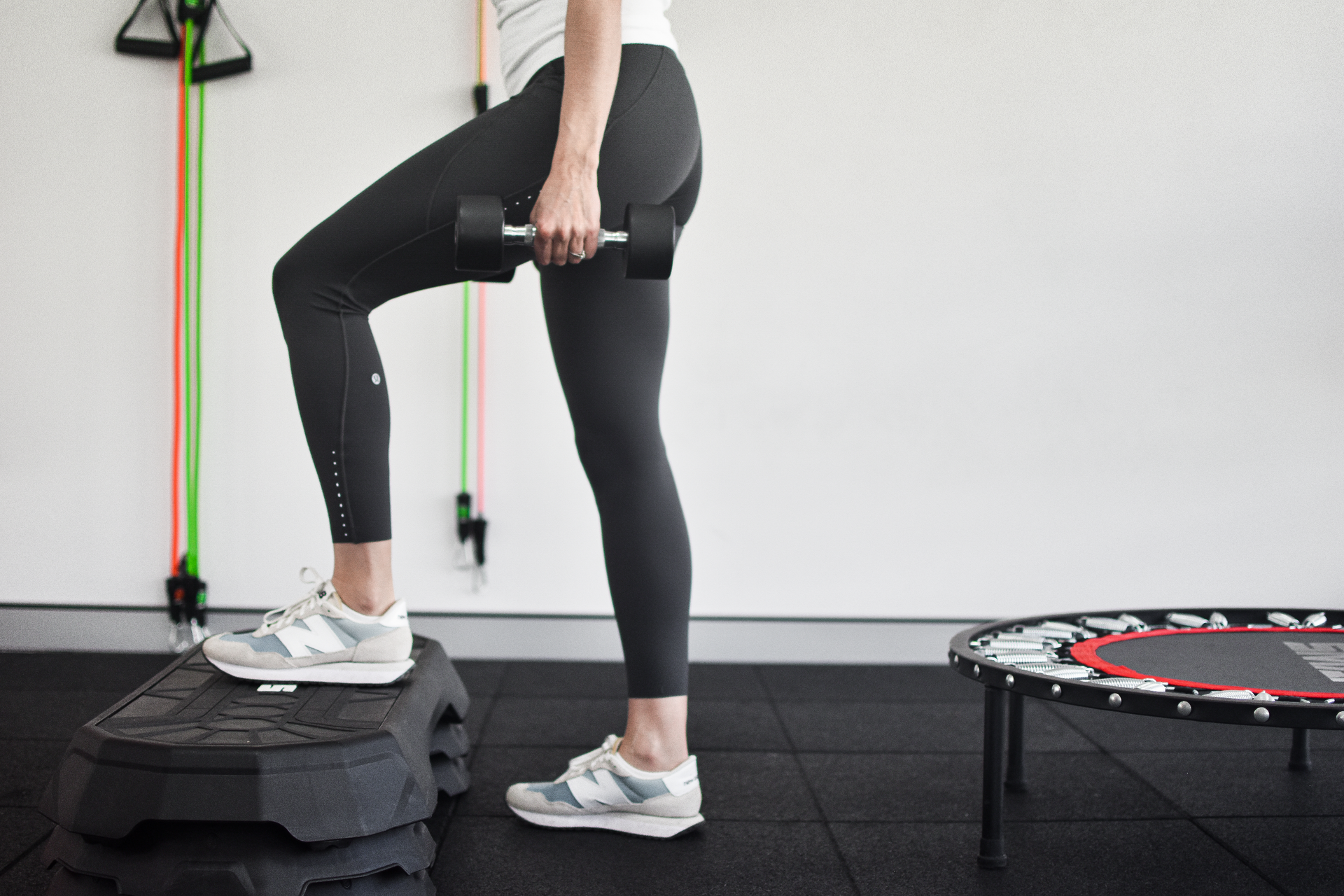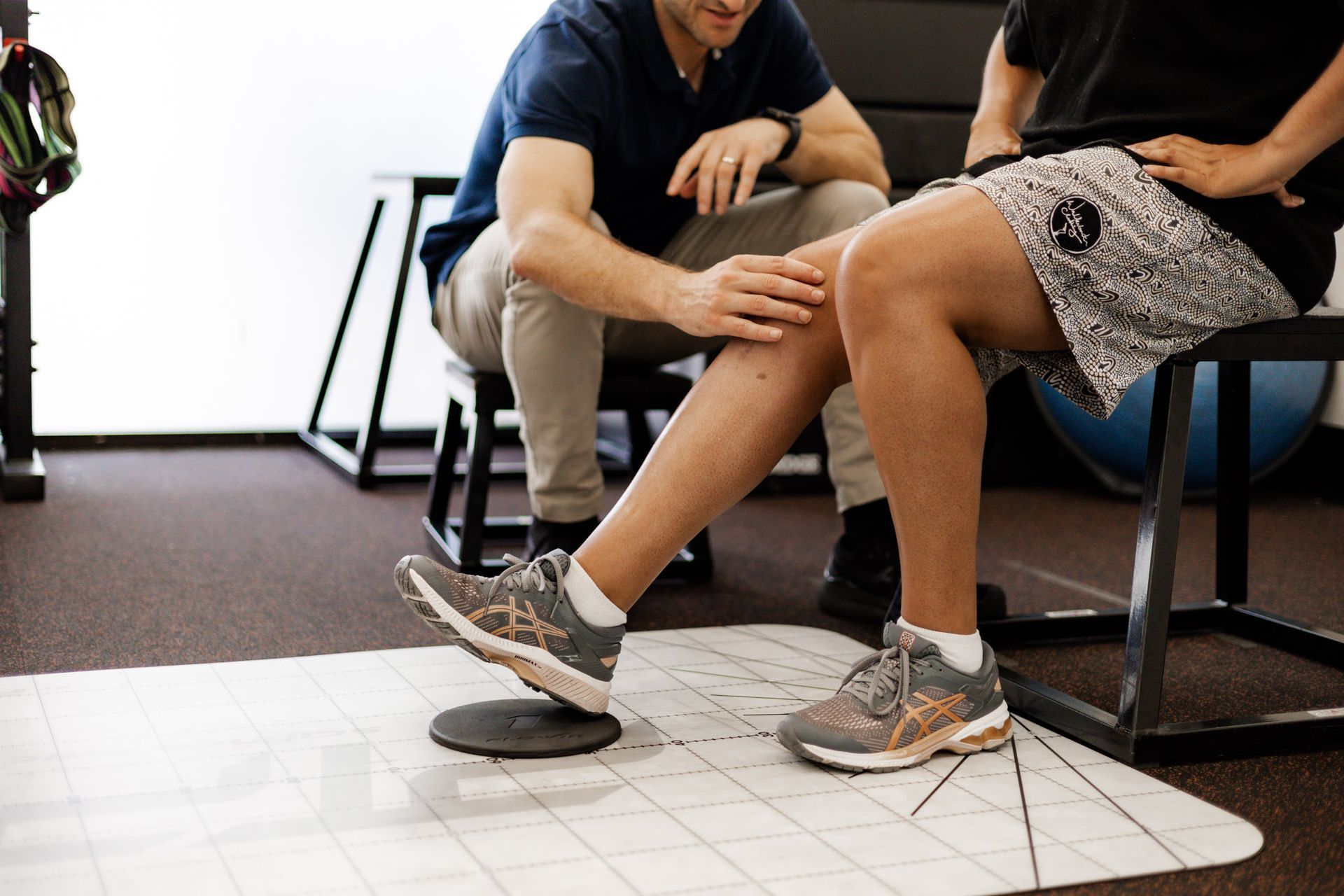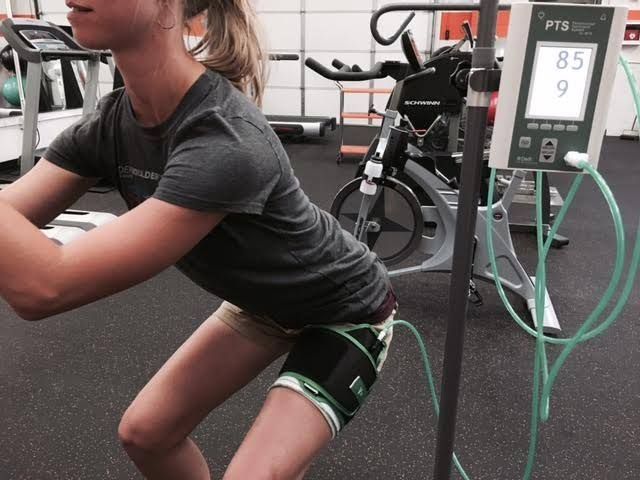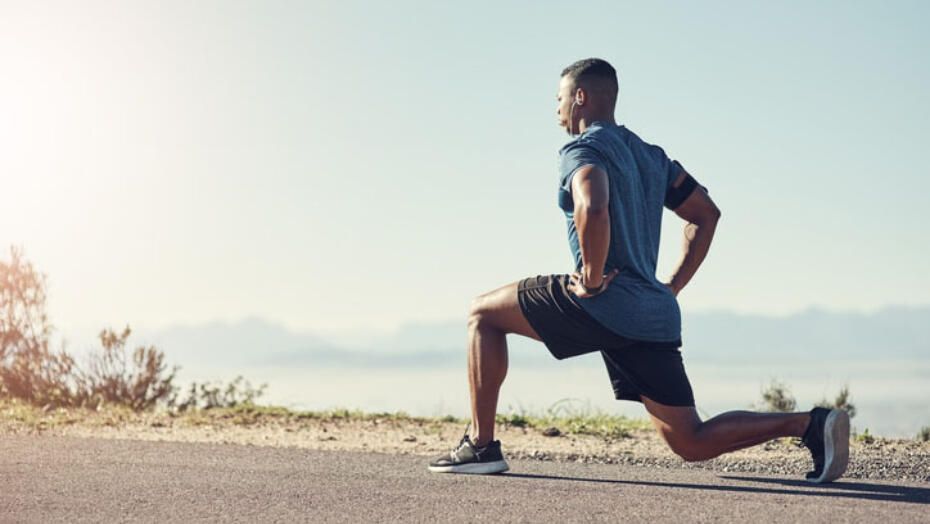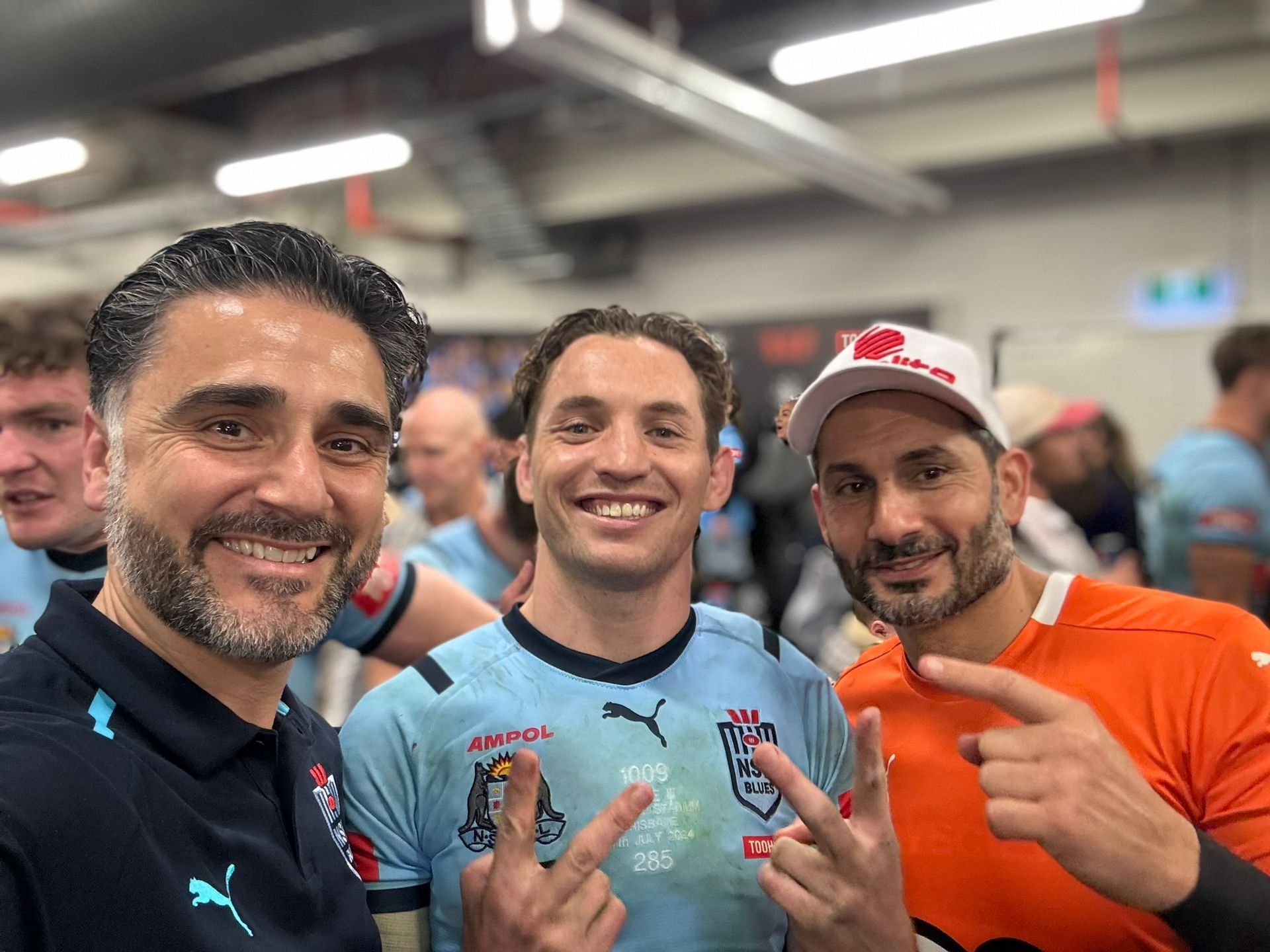The High Ankle Sprain. Syndesmosis Injuries.
The ‘High Ankle Sprain’ - Syndesmosis Injuries
Syndesmosis injuries, also known as high ankle sprains, are a type of injury that occurs in the ankle joint. Unlike traditional ankle sprains, which affect the ligaments on the outside of the ankle, syndesmosis injuries involve the ligaments that connect the tibia and fibula bones in the lower leg. These ligaments are known as the syndesmotic ligaments, and they help to stabilise the ankle joint during movement.
Symptoms of syndesmosis injuries can include pain, swelling, and tenderness on the front of the ankle. The pain is often located above the ankle joint and can be severe, especially during weight-bearing activities. In more severe cases, the individual may experience difficulty bearing weight on the affected leg and may have limited mobility in the ankle joint.
Syndesmosis injuries are often caused by a twisting or rolling motion of the ankle, which can occur during sports or other physical activities. They can also be caused by a fall or other trauma to the ankle joint. Individuals who participate in sports that involve jumping, cutting, or pivoting movements are at higher risk for syndesmosis injuries.
Diagnosis of syndesmosis injuries usually involves a physical examination of the ankle joint, as well as imaging tests such as X-rays or MRI scans.
The following is an example of a sports rehab program for an individual recovering from a syndesmosis injury:
Phase 1: Acute Phase (1-2 weeks)
- Rest, ice, compression, and elevation to manage pain and swelling
- Non-weight bearing with the use of crutches
- Gentle range of motion exercises such as ankle circles and ankle pumps
- Isometric exercises for ankle strengthening
Phase 2: Sub-Acute Phase (2-4 weeks)
- Weight-bearing as tolerated
- Active range of motion exercises such as calf loading and calf raises
- Strengthening exercises such as calf raises, single leg balance exercises and posterior chain loading
- Manual therapy techniques such as soft tissue massage and joint mobilisation
- Sport-specific training
Phase 3: Functional Phase (4-6 weeks)
- Plyometric exercises to improve power and agility
- Sport-specific drills to improve coordination and balance
- Proprioception and balance training
- Advanced strengthening exercises such as squats, lunges, and lateral movements
- Return to sport or activity with gradual progression and careful monitoring
It is important to note that every individual's rehab program will be different and will depend on the severity of their injury, as well as their overall health and fitness level. It is recommended to work closely with a qualified physiotherapist to ensure a safe and effective rehab program that is tailored to your specific needs and goals.
A systematic review published in the British Journal of Sports Medicine in 2019 found that early functional rehabilitation, which includes range of motion, strength, and proprioception exercises, can lead to better outcomes and faster return to sport for individuals with syndesmosis injuries compared to immobilization or surgery alone.
Another study published in the Journal of Orthopaedic Surgery and Research in 2019 found that a structured rehabilitation program that included progressive weight-bearing, range of motion, and strength exercises resulted in significant improvements in pain, function, and ankle range of motion for individuals with syndesmosis injuries.
In summary, syndesmosis injuries are a type of ankle injury that can be caused by a variety of factors. Prompt diagnosis and treatment are important for a successful recovery, and rehabilitation programs can help individuals return to their normal activities safely and effectively. By taking steps to prevent ankle injuries in general, individuals can reduce their risk of experiencing a syndesmosis injury and maintain good overall ankle health.

